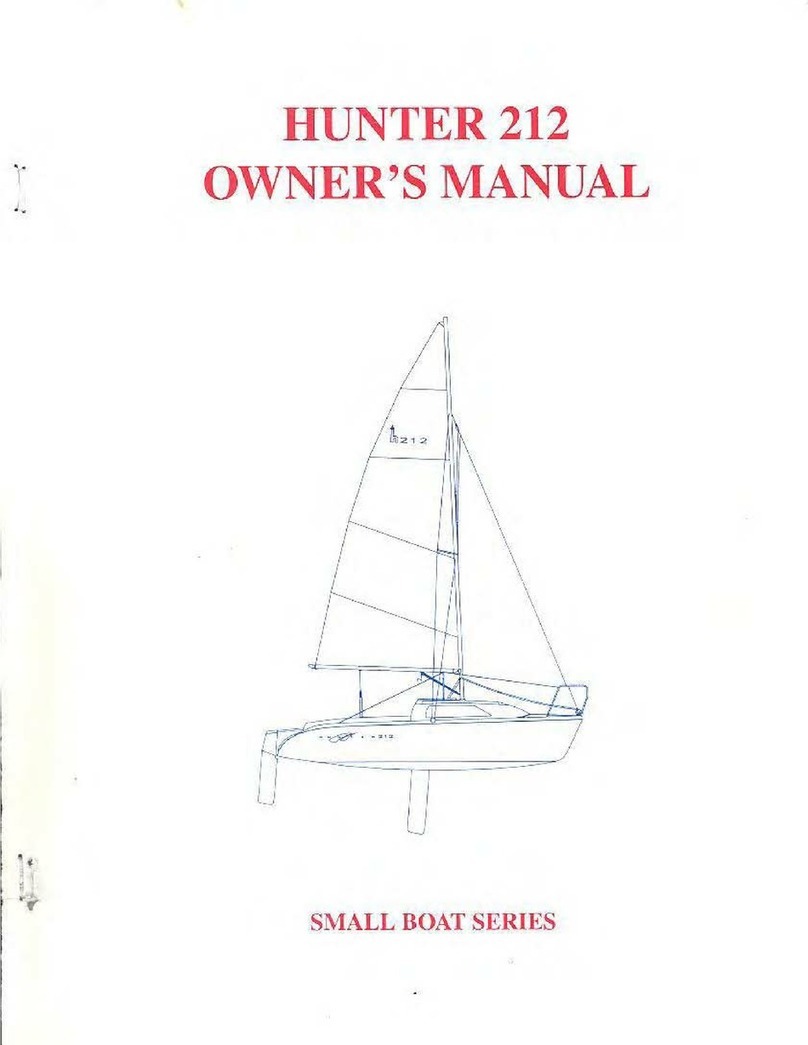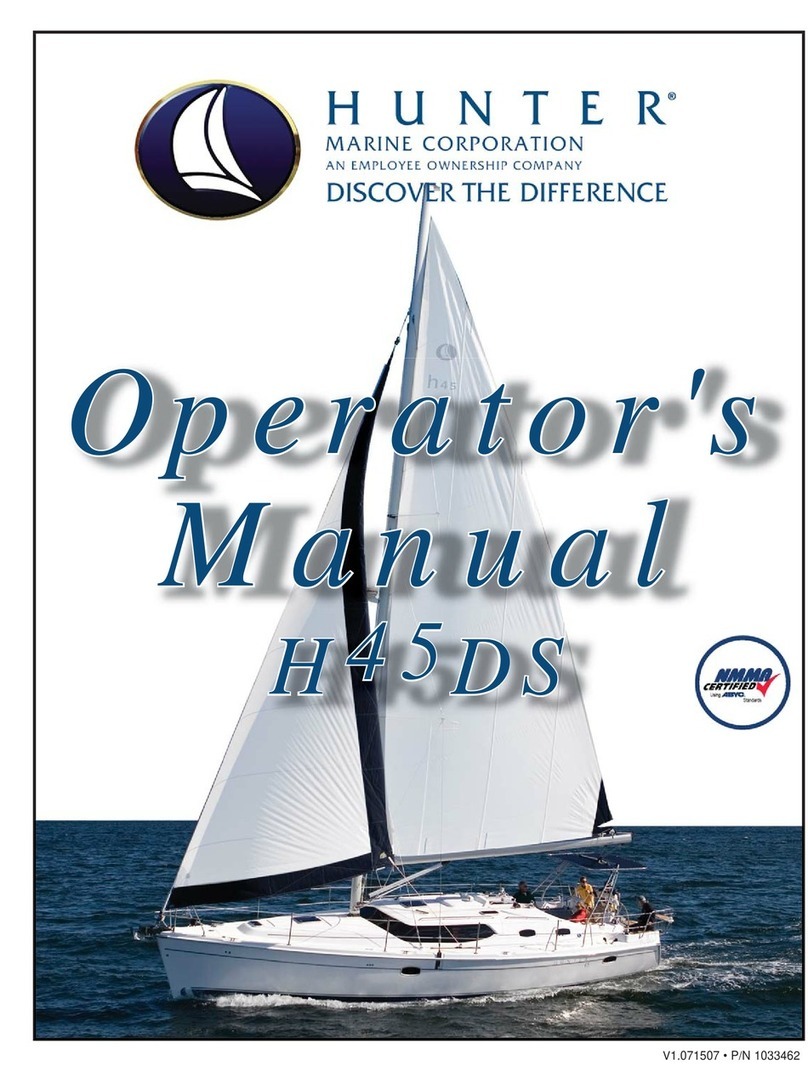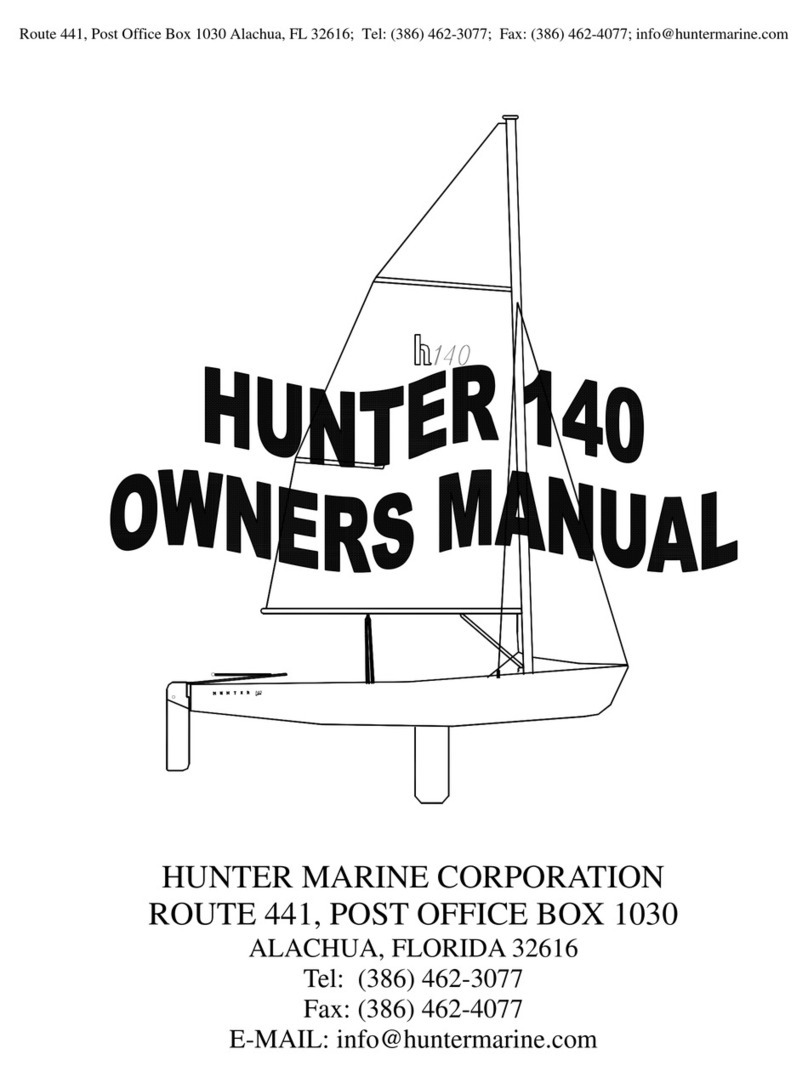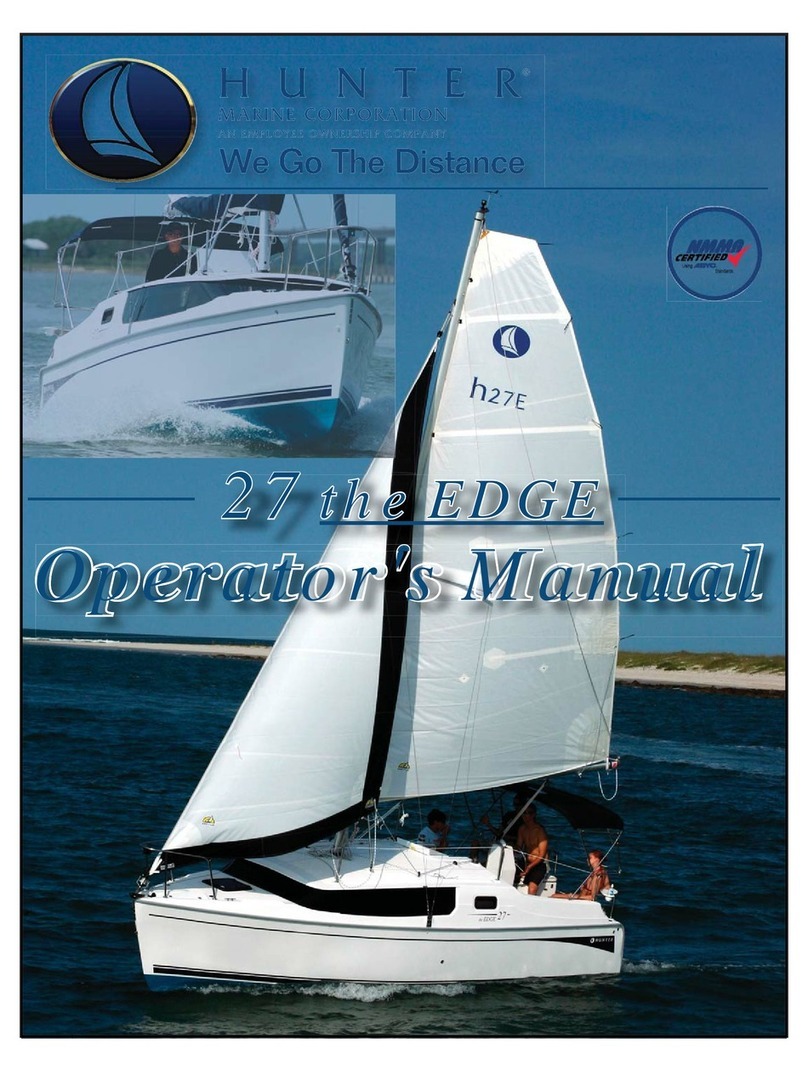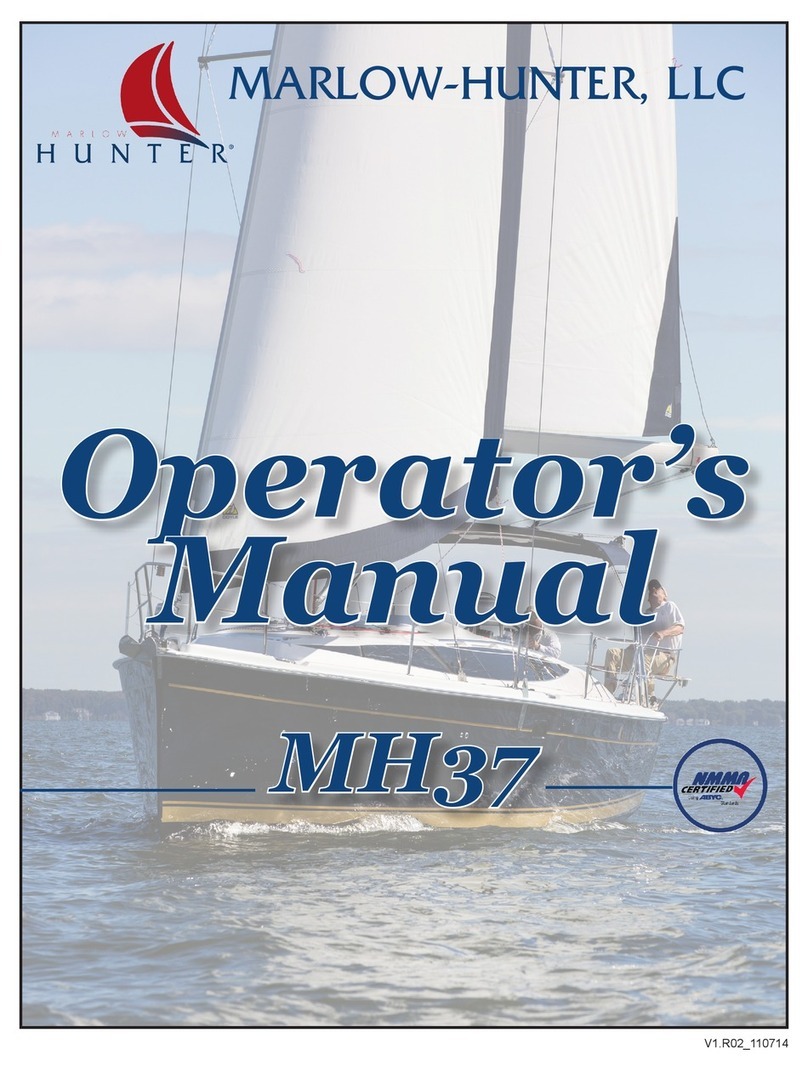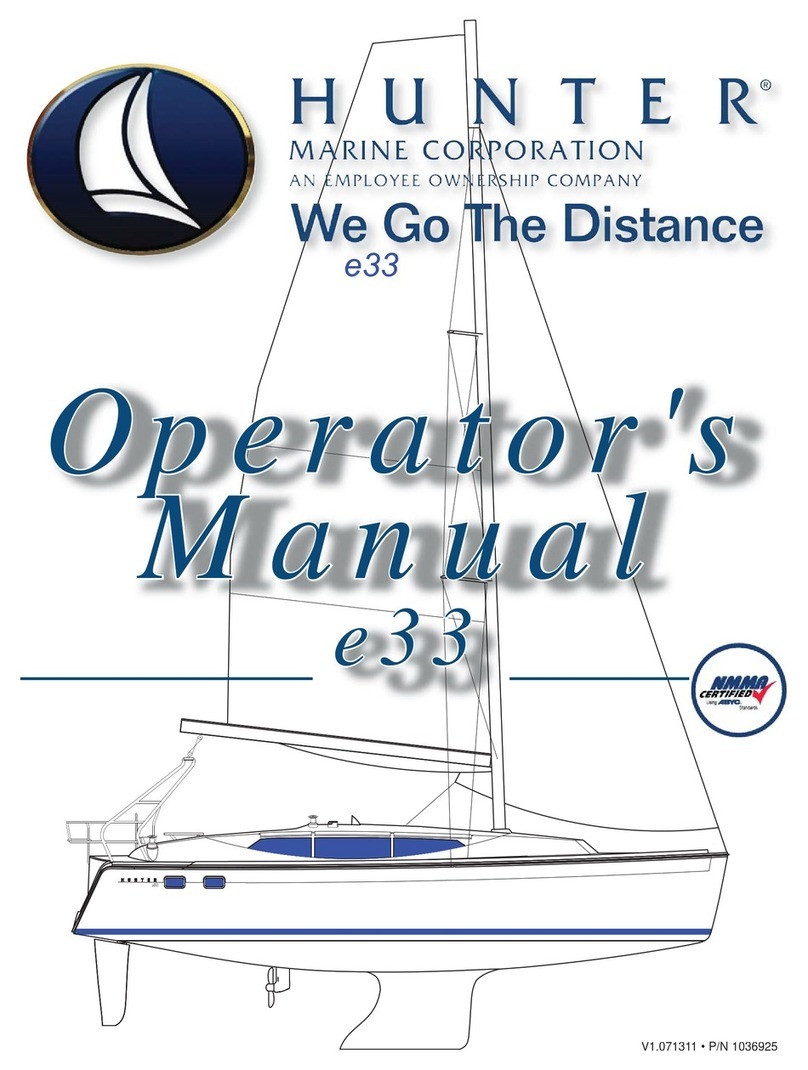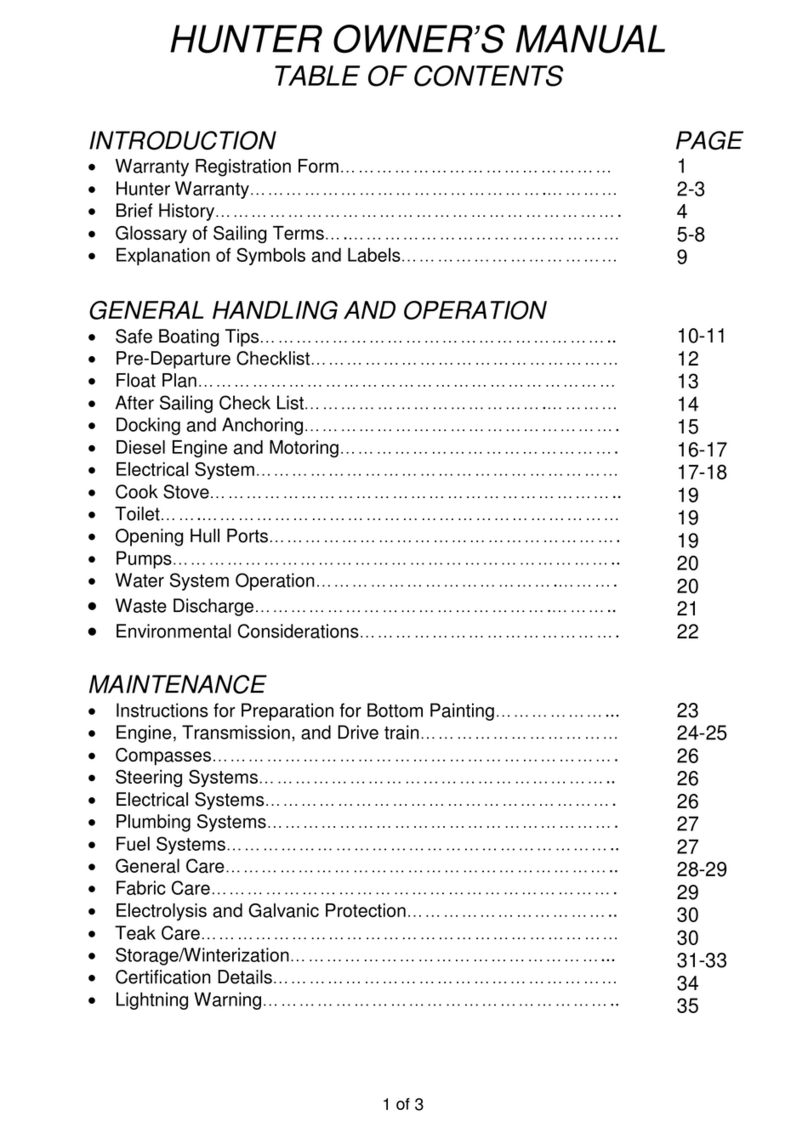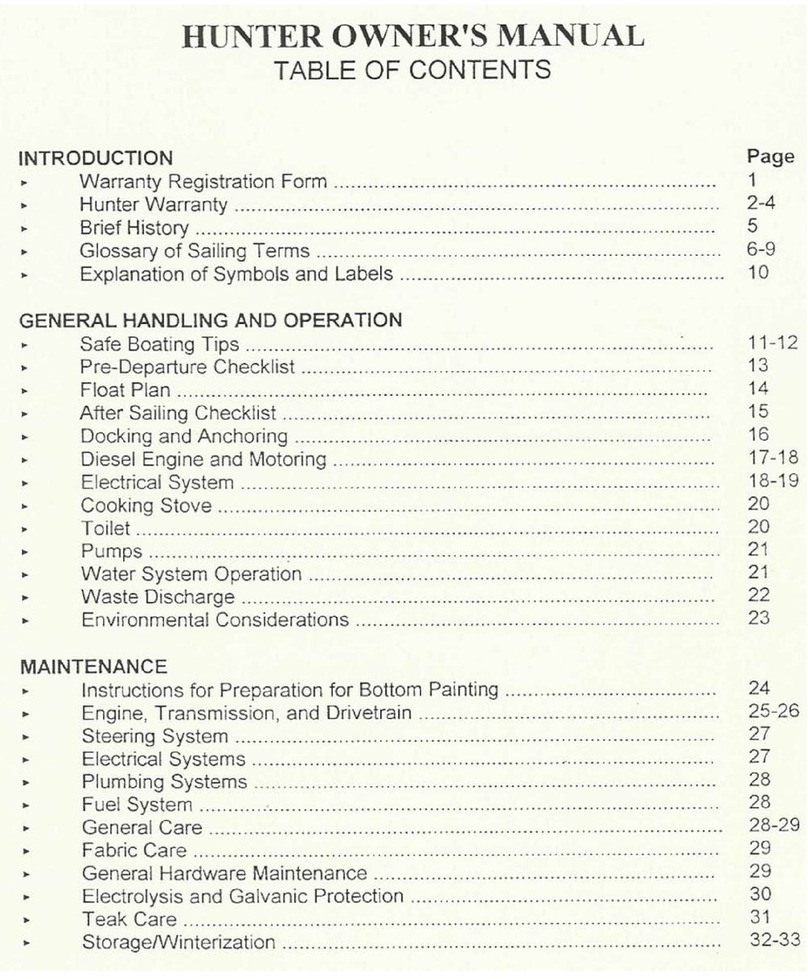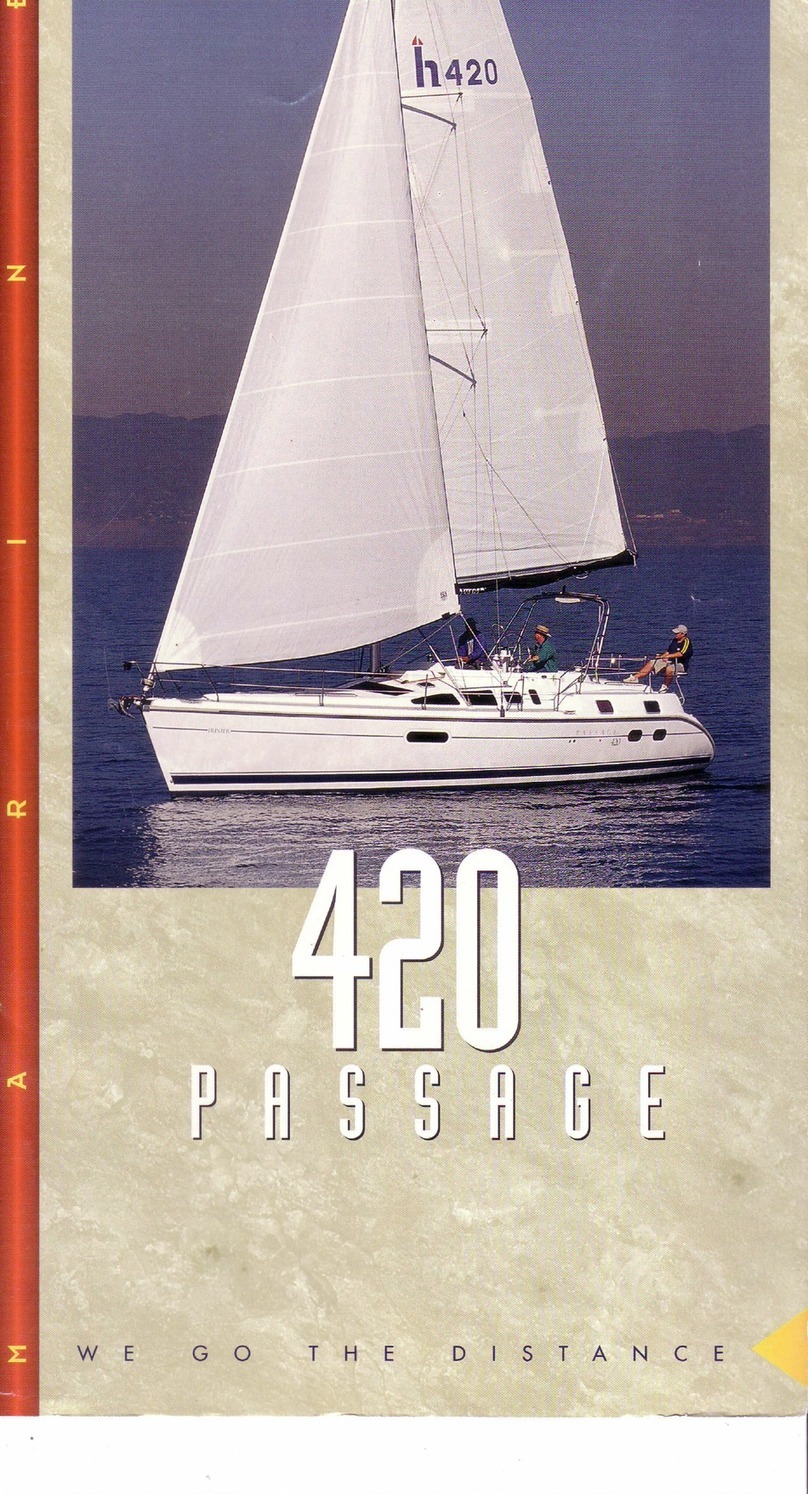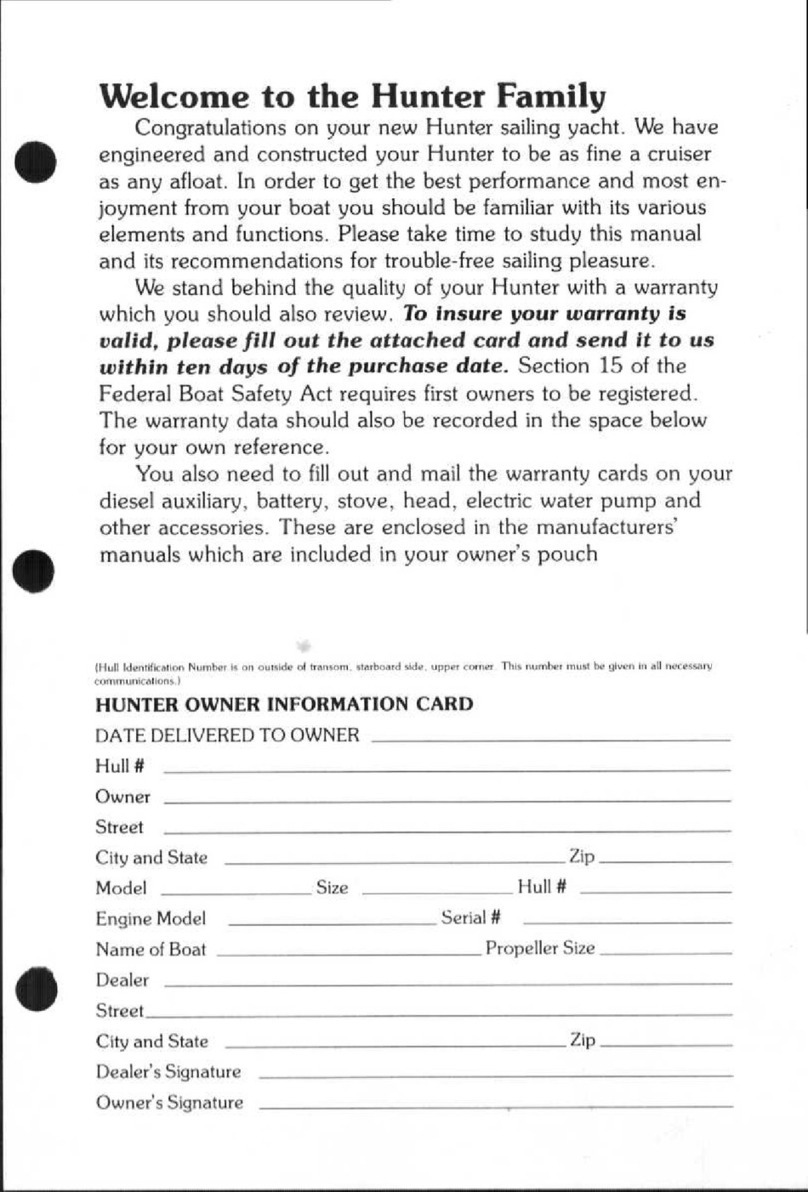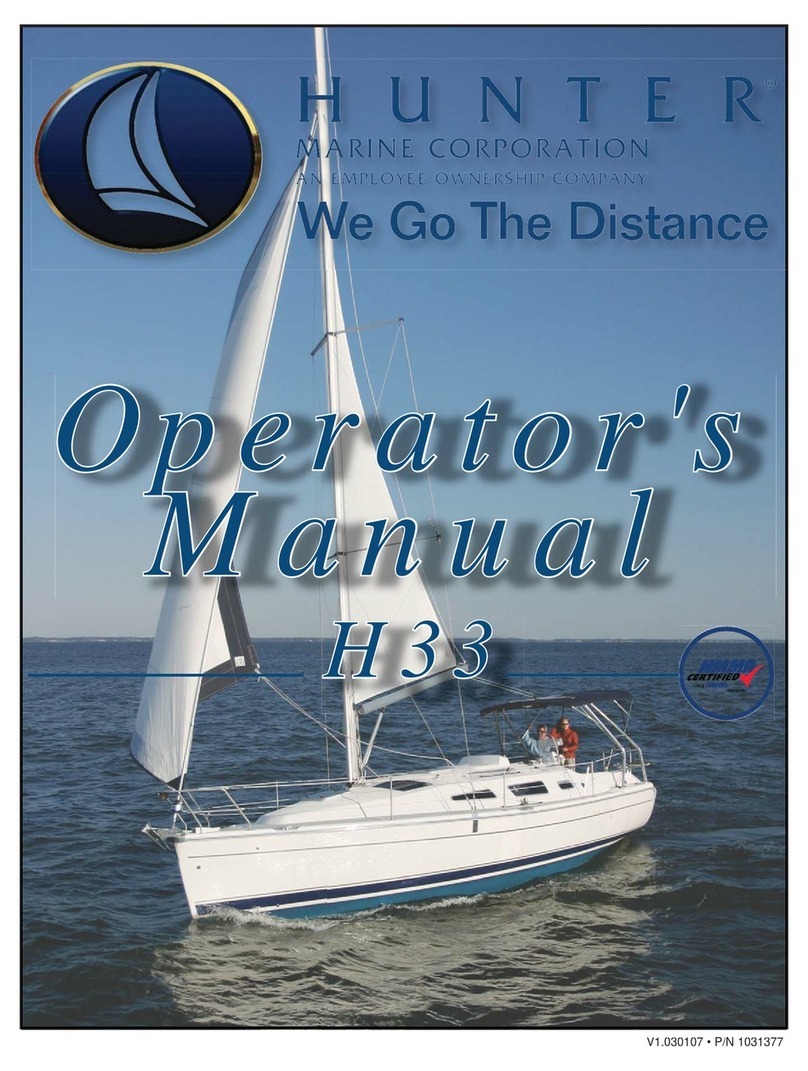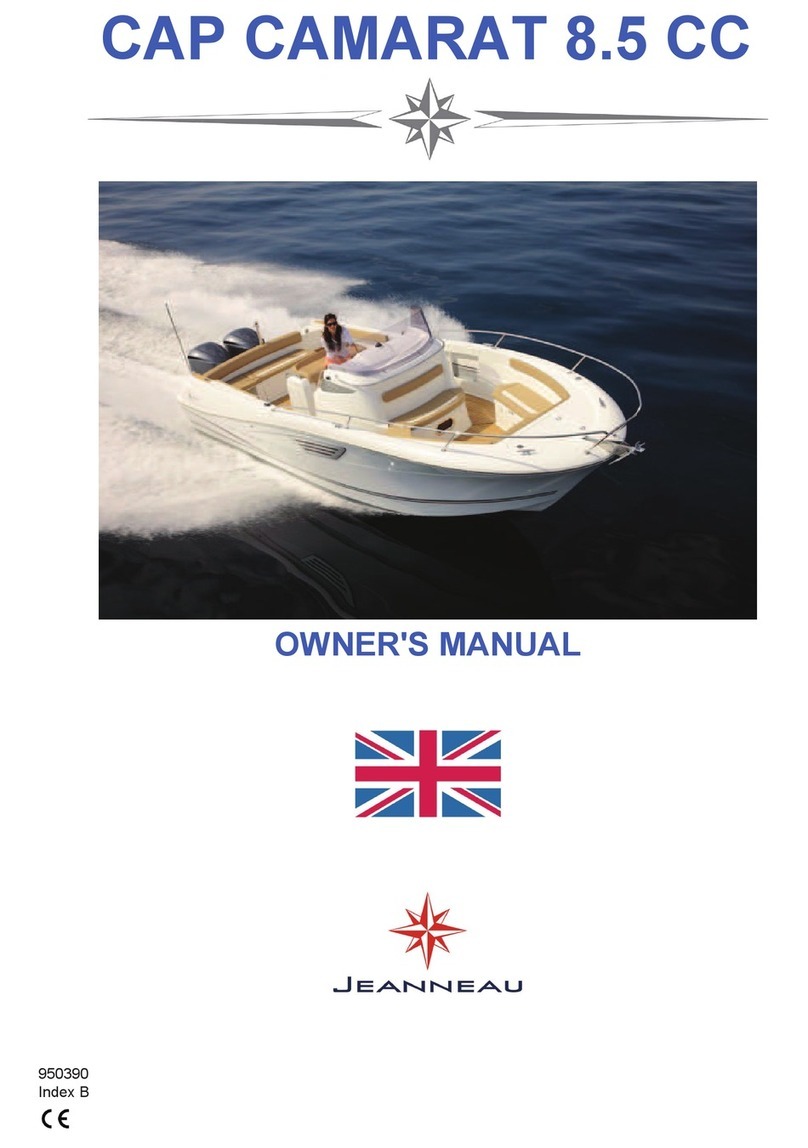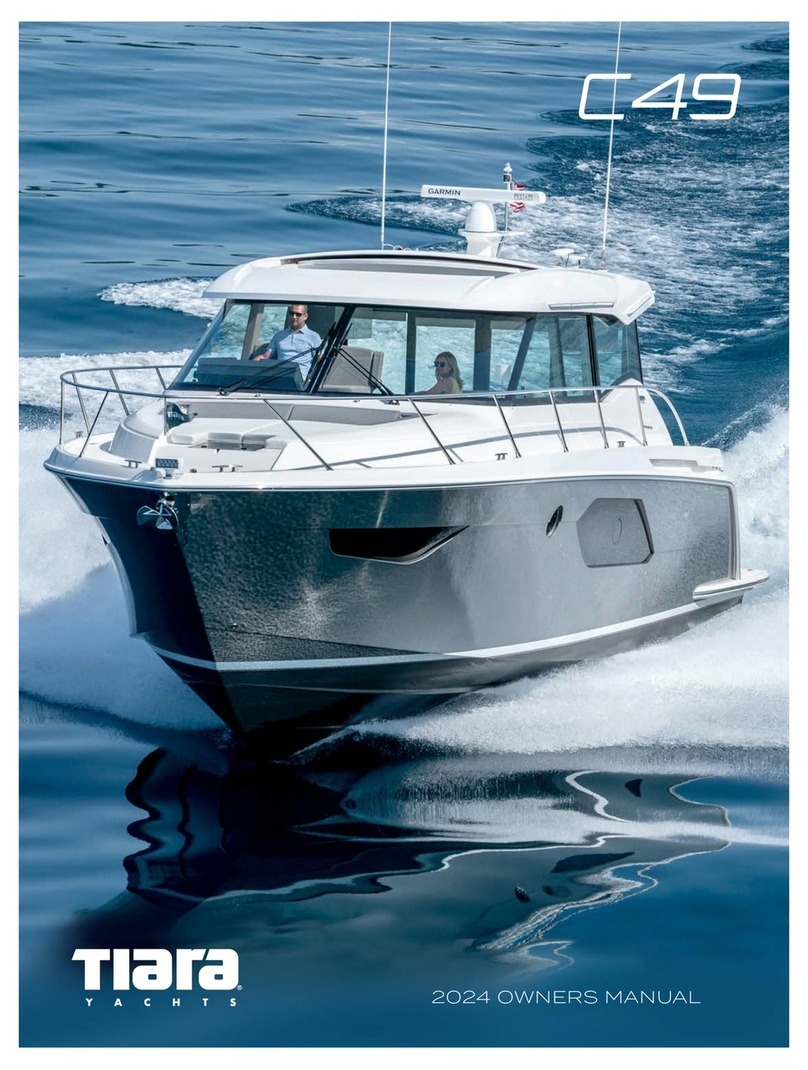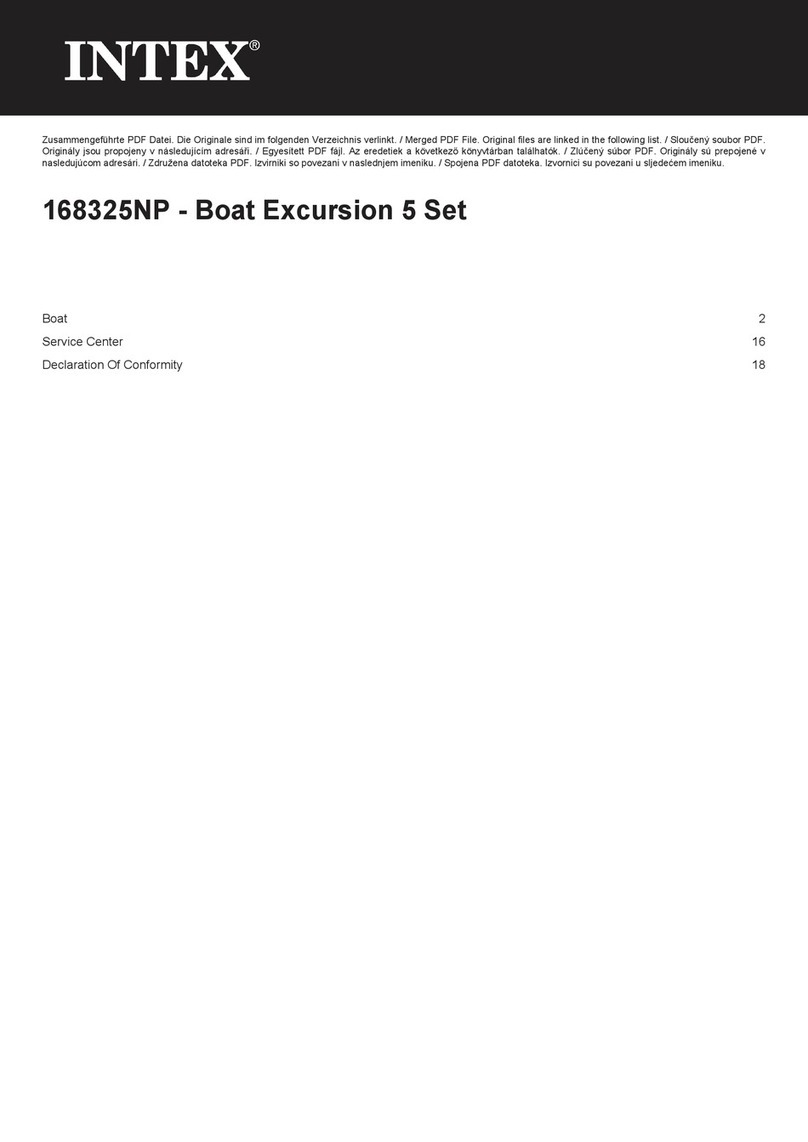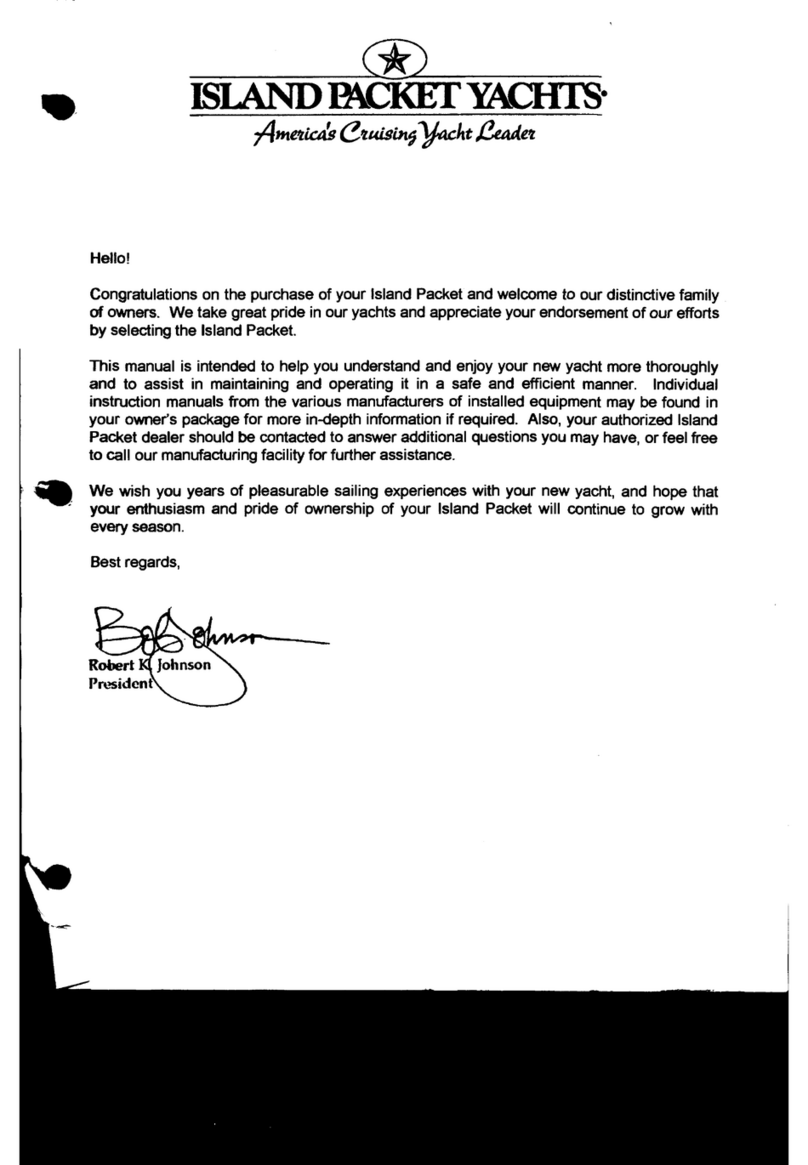
HUNTER MARINE’S OWNER AND FOUNDER
WARREN R. LUHRS
BRIEF BACKGROUND
PAGE 3
Warren Luhrs was born in East Orange,
New Jersey in 1944 into a family with an
established tradition in the maritime and
transportation industries. His great-
grandfather, Henry, was a railroad and
clipper-shipping pioneer in America,
while his great-uncle John helped build
the famous St. Petersburg to Moscow
railroad for Czar Alexander II.
Henry Luhrs owned shares in twenty-
two different ocean-going vessels –
barks, brigs, and schooners - and was
the principal owner of the bark Sophia
R. Luhrs, named for his wife. He was
also a partner with Albert Sprout, who
managed the shipyard where the Sophia
R. Luhrs was built in Melbridge, Maine.
Warren Luhrs’father Henry worked at a
small boat manufacturer in Morgan,
New Jersey, and later started his own
company, continuing the Luhrs’family
sea tradition during the great depres-
sion. During World War II he repaired
boats and installed ice sheathing on
their bows for the Coast Guard.
After the War, Henry built 27-foot fishing
boats and in 1948 began to construct
custom-built pleasure craft. He then
turned to skiffs and in 1952 incorporated
as Henry Luhrs Sea Skiffs, where he
constructed lapstrake sea skiffs using
assembly-line techniques. Henry per-
sonally “shook down”his prototypes on
family trips up the Hudson River to Lake
Champlain.
The sea skiff is a class of boat that has
been very popular, owing to its seawor-
thiness. It features a sharp bow, which
reduces pounding in surf or
choppy seas, and a hull whose forward
section is rounded below the waterline
to increase stability in rough water or a
following sea. Such skiffs can either be
smooth sided or of a lapstrake construc-
tion.
Inspired by Henry Ford, Henry Luhrs’
aimed to give the average man the op-
portunity to enjoy the luxury of boating
by building an affordable and reliable
boat. He was both designer and engi-
neer, and his progressive new models
exhibited his talent for innovation. He
successfully changed the line of the bow
from straight to curved at a time when
the industry trend was a straight square
effect, and he is believed to be the first
designer-builder to popularize a small
boat with a fly bridge.
In 1960, Luhrs acquired the Ulrichsen
Boat Company of Marlboro, New Jer-
sey. It was here that Luhrs’Alura fiber-
glass division was located. In 1965,
Henry sold his company to Bangor Ar-
rostook Railroad, which was to become
the recreational conglomerate Bangor-
Punta. It was also during this period that
Silverton of Tom’s River, New Jersey
was purchased by John and Warren
Luhrs.
Today, Warren R. Luhrs and his brother
John own the Luhrs Group of marine
manufacturers, which consists of Silver-
ton Marine, Mainship Motor Yachts, and
Luhrs Fishing Boats with its Alura divi-
sion, as well as Hunter Marine, which
exclusively manufactures sailboats.
In January of 1996, the Luhrs family
transferred a portion of the Luhrs Group
to its employees through an ESOP pro-
gram.
